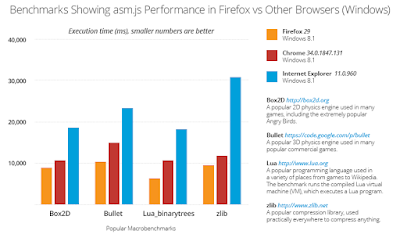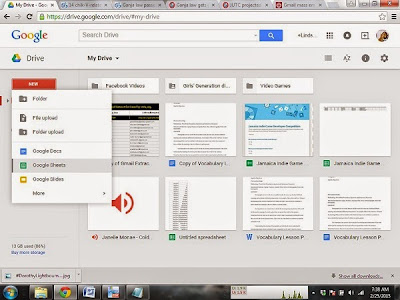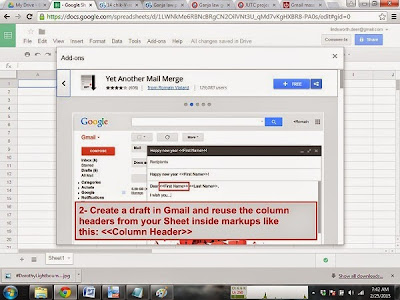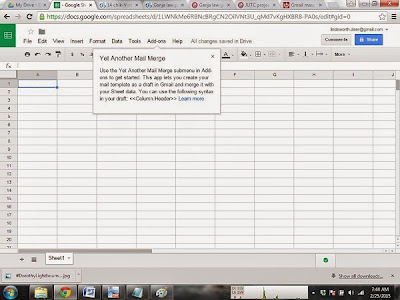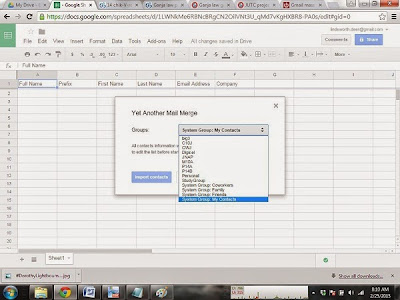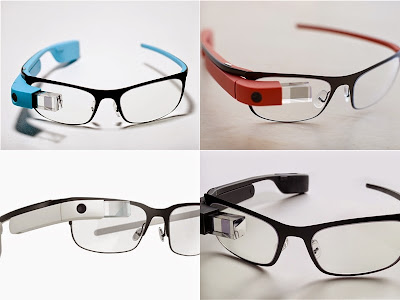“When
most people think of Geiger counters, they either think of the black boxes that
are only used inside nuclear reactors or nuclear submarines to check for
excessive radiation, or bulky devices that are both expensive and difficult to
use. Radium tries to be different – after almost a year of research, our team
completed the development of a next-generation device that aims to be
affordable and extremely easy to use, without compromising the quality of the
provided measurements.”
Amsterdam based Russian
engineer Sergey Vladimirov Commenting on his recently kickstarted Radium Geiger
Muller Counter
First
there was a Consumer Physics US$199 SCiO Portable IR Spectrometer that ran a
successful Kickstarter Campaign for a device that could identify virtually any
complex chemical compound as noted in my blog article
entitled “Consumer
Physics US$199 SCiO Portable IR Spectrometer – Star Trek Tricorder that can
scan the Molecular World”.
 |
Now
come yet another Kickstarter campaign for a detector, this time for a portable
Geiger-Muller Counter aptly named Radium
as described in the article “Radium:
A compact radiation detector for a post-Fukushima world”, published
February 24, 2015 By Drew Prindle, DigitalTrends.
Designed
by Amsterdam based Russian engineer Sergey Vladimirov, he kickstarted his
campaign on Wednesday February 18th 2015. As of the day of writing
of Friday February 27th 2015, his campaign has amassed some eighty
four (84) backers who have pledged some US$26,846.77 (€23,979).
With
a goal of US$111,959.52 (€100,000), this project might just succeed, if it
could pick up a little more pace. However, if and when it does succeed, expect
this product to ship in early May 2015 to late June 2015 for US$486 (€389).
What
makes his kickstarter so interesting is that the Radium
Geiger-Muller Counter is portable enough top fit into your pocket. This is
because the Radium has a pancake shaped Geiger-Muller Tube that enables it to
detect alpha, beta, gamma and X-rays.
 |
The
results are then communicated via a Bluetooth connection to your smartphone as
noted in the article “Radium
Easy To Use Professional Geiger Counter Hits Kickstarter (video)” published
February 20, 2015 By Julian Horsey, Geeky
Gadgets.
 |
With
a May 2015 shipping date, perhaps this is the kickstarter you may be looking to
support. When compared to the [price of those large, hefty Geiger-Muller
counters, US$436 does sound like a fair price for a state-of-the-art
Geiger-Muller Counter .
 |
You can also purchase a Developer Kit to build your own implementation of the Radium Geiger-Muller Counter to be use in everything from Drones to portable Radiation Detectors at checkpoints in a factory. This project will be of interest to hobbyists and persons concerned about Radiation in their Food and I for one love this project to bits
Here's
the Link

